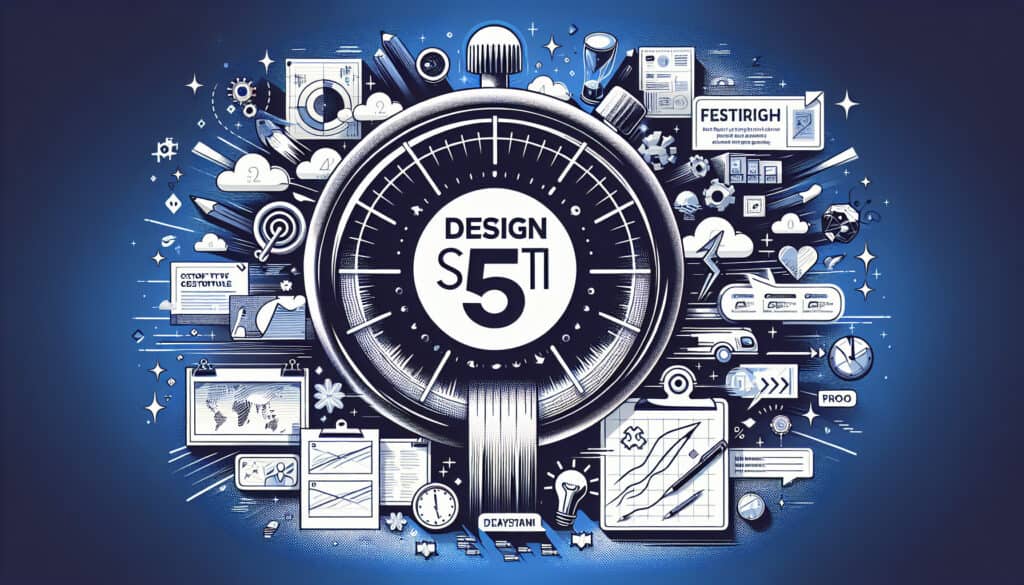A time-constrained, five-day process for answering critical business questions through design, prototyping, and testing ideas with customers.
- 方法: 精益西格玛, 制造业
Design Sprints

Design Sprints
- 敏捷方法论, 设计冲刺, 设计思维, 创新, 产品开发, 原型设计, 快速原型制作, 用户测试, 以使用者為中心的設計
目标
如何使用
- Popularized by Google Ventures, it's a structured recipe for a small team to move from a problem to a tested solution. It includes understanding, sketching, deciding, prototyping, and testing.
优点
- Produces a tangible, user-tested prototype in just one week; reduces the risk of building the wrong product; creates alignment and momentum within the team.
缺点
- Requires the full-time, focused commitment of the entire team for a week; can be intense and exhausting; is not a substitute for long-term product development.
类别
- 构思, 解决问题, 产品设计, 项目管理
最适合:
- Rapidly solving big challenges and testing new ideas with users in a structured, five-day process.
Design Sprints are particularly advantageous in industries such as technology, healthcare, and consumer products, where the need for rapid iterations and user feedback is paramount. This methodology can be employed effectively during the early project phases, such as before developing a 最小可行产品 (最有价值球员) or during the ideation stage of product development. Teams commonly initiate a Design Sprint when they encounter significant uncertainties or challenges that could jeopardize project timelines or budgets. Participants typically include cross-functional team members, such as product managers, designers, developers, and marketing specialists, facilitating diverse perspectives that enrich the problem-solving process. For instance, tech companies like Slack and Airbnb have successfully employed Design Sprints to design user-centric features, helping them quickly align on ideas and validate them through user testing. The sprint’s structured approach supports focused decision-making; by dedicating five days to concentrated effort, teams can overcome common pitfalls associated with protracted design cycles. The rapid nature of this methodology not only accelerates development but also enhances collaboration and morale, as team members see immediate progress and tangible results, which can be shared with stakeholders to secure continued investment or support.
该方法的关键步骤
- Understand: Identify the challenge and gather insights on the user and the problem space.
- Sketch: Generate solutions individually through sketching ideas and concepts on paper.
- Decide: Review sketches and select the most promising ideas to move forward with.
- Prototype: Build a rapid, low-fidelity prototype that represents the selected solution.
- Test: Conduct user testing sessions to gather feedback and observe interactions with the prototype.
专业提示
- Involve diverse team members with varied expertise to enhance creativity and uncover unique solutions during the understanding and sketching phases.
- Prioritize user feedback from testing to iterate on the prototype immediately, rather than waiting for a subsequent sprint cycle.
- Use storytelling techniques during presentations to stakeholders to communicate the rationale behind design choices and foster buy-in for the next steps.
历史背景
1949
1950
1950
1960
1960
1960
1960
1940
1950
1950
1958
1960
1960
1960
1960
(如果日期不详或不相关,例如 "流体力学",则对其显著出现的时间作了四舍五入的估计)。















相关文章
蒙特卡罗模拟
基于模型的测试
型号检查
混合方法研究
防错(Poka-Yoke)
任务简介测试